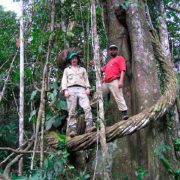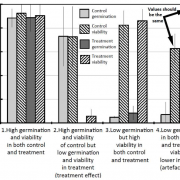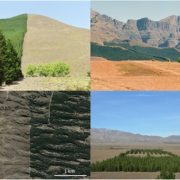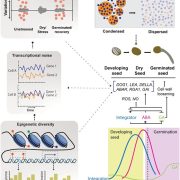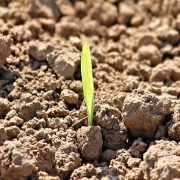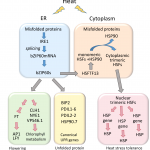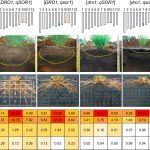Do regeneration traits vary according to vegetation structure? A case study for savannas ($) (J. Veg. Sci.)
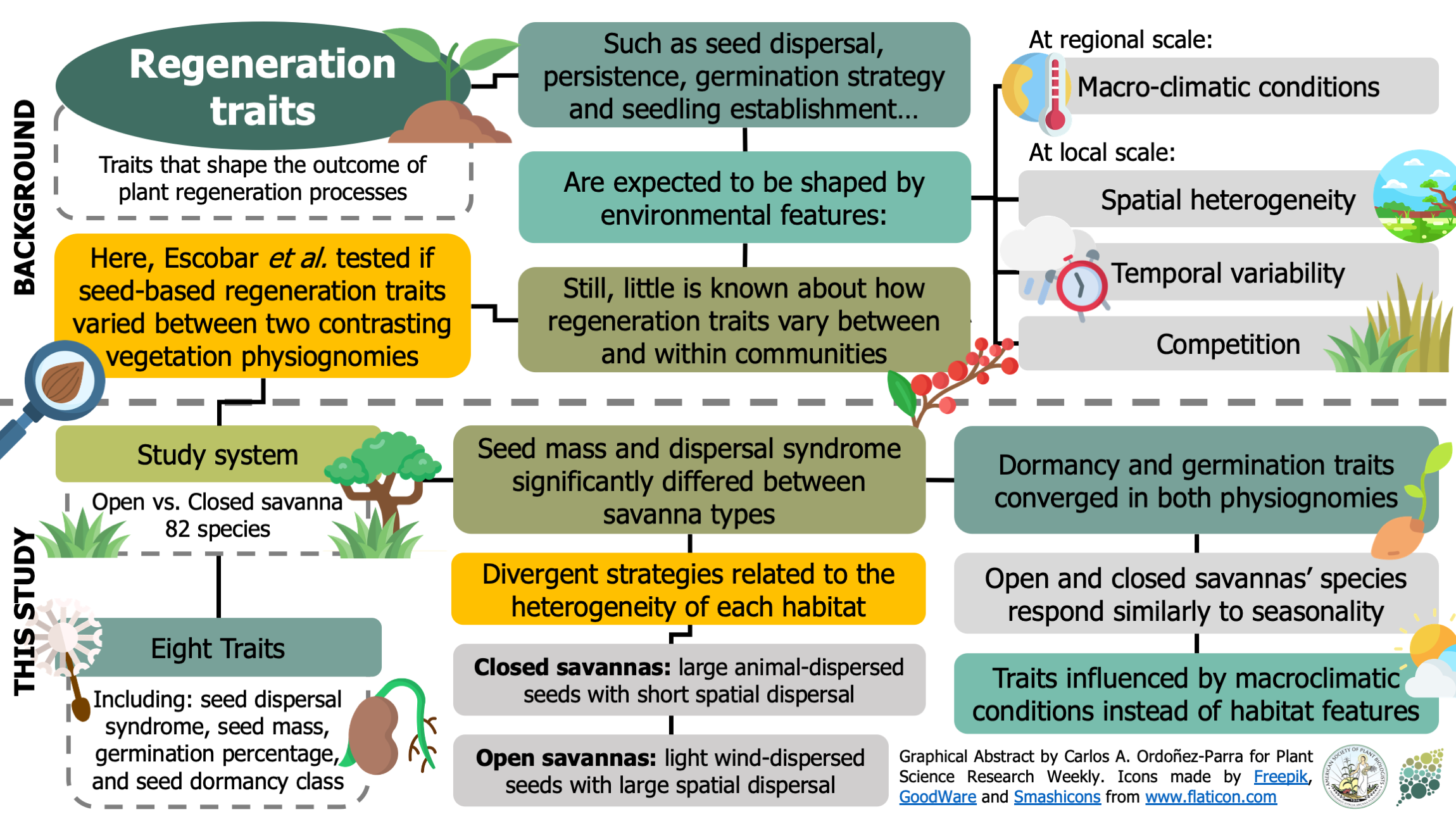 Regeneration traits –such as germination strategies, seed dormancy, and seedling establishment– are presumably shaped by environmental variables that operate at different temporal and spatial scales. However, empirical evidence about the variation is lacking for most regeneration seed traits. Here, Escobar et al. tested if seed-based regeneration traits varied between two vegetation habitats with contrasting environmental heterogeneity levels. Eight seed functional traits were assessed in 82 species from an open (i.e., higher heterogeneity) and a closed (i.e., lower heterogeneity) savanna in the Brazilian Cerrado. From these, only seed mass and dispersal syndrome significantly differed between habitats, with lighter and wind-dispersed seeds prevailing in open savannas. This divergence was attributed to the differences in each habitat’s environmental heterogeneity, suggesting that more variable habitats favor seeds with higher dispersal capacity. On the other hand, dormancy and germination traits were similar among savanna types, meaning these are controlled by the macroclimatic conditions rather than vegetation structure. Consequently, this study provides exciting insights into the effect of different environmental filters on seed-based regeneration strategies, helping our understanding of the rules behind plant community assembly. (Summary by Carlos A. Ordóñez-Parra @caordonezparra) J. Veg. Sci. 10.1111/jvs.12940
Regeneration traits –such as germination strategies, seed dormancy, and seedling establishment– are presumably shaped by environmental variables that operate at different temporal and spatial scales. However, empirical evidence about the variation is lacking for most regeneration seed traits. Here, Escobar et al. tested if seed-based regeneration traits varied between two vegetation habitats with contrasting environmental heterogeneity levels. Eight seed functional traits were assessed in 82 species from an open (i.e., higher heterogeneity) and a closed (i.e., lower heterogeneity) savanna in the Brazilian Cerrado. From these, only seed mass and dispersal syndrome significantly differed between habitats, with lighter and wind-dispersed seeds prevailing in open savannas. This divergence was attributed to the differences in each habitat’s environmental heterogeneity, suggesting that more variable habitats favor seeds with higher dispersal capacity. On the other hand, dormancy and germination traits were similar among savanna types, meaning these are controlled by the macroclimatic conditions rather than vegetation structure. Consequently, this study provides exciting insights into the effect of different environmental filters on seed-based regeneration strategies, helping our understanding of the rules behind plant community assembly. (Summary by Carlos A. Ordóñez-Parra @caordonezparra) J. Veg. Sci. 10.1111/jvs.12940


